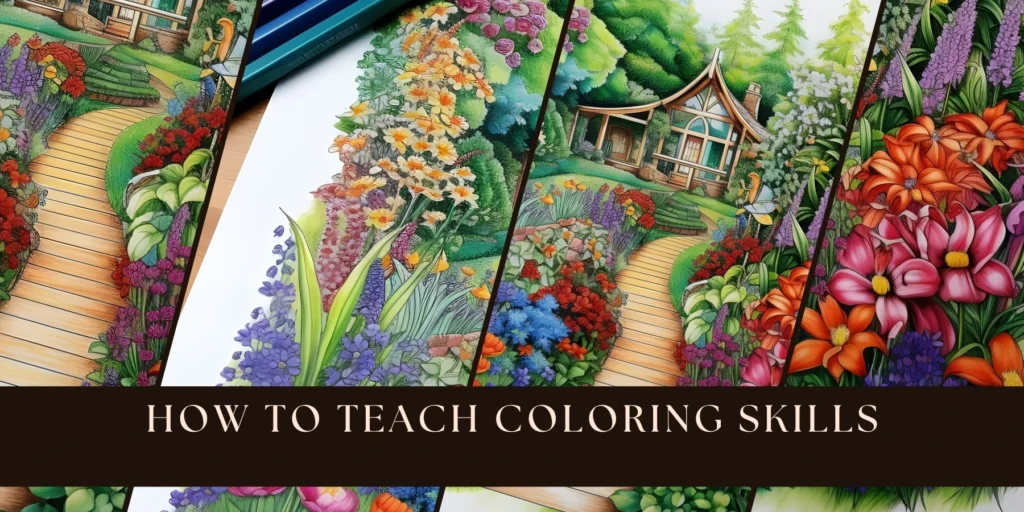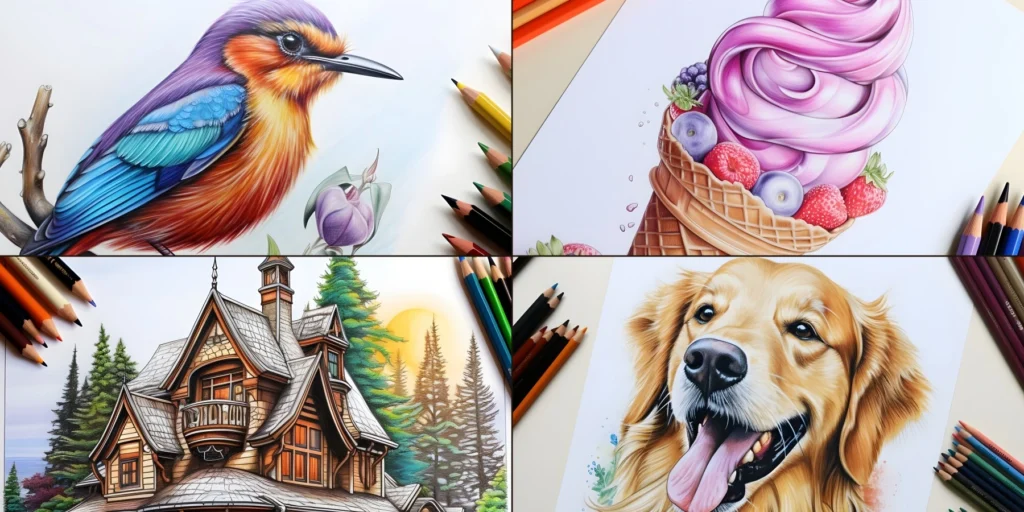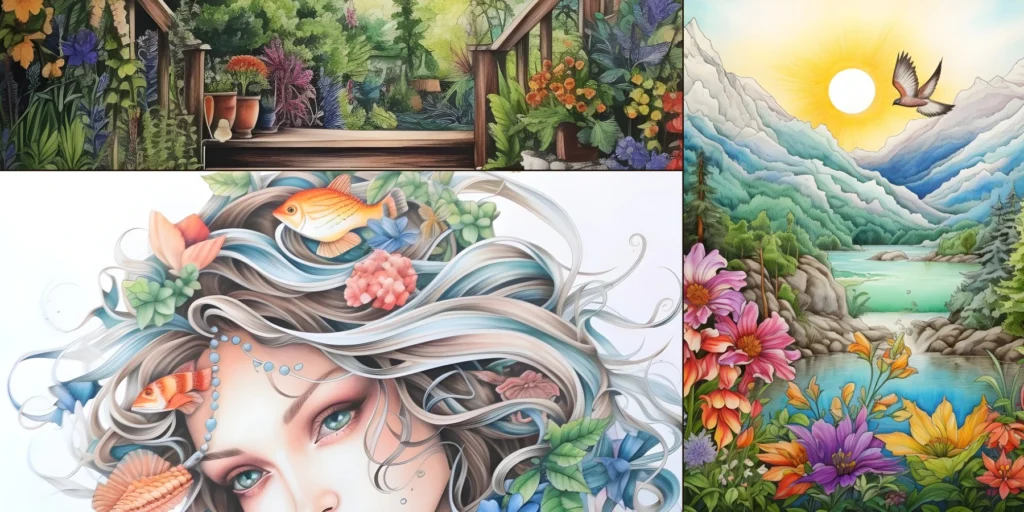Unlocking the Art of Coloring – A Masterclass in Techniques and Tips
Coloring isn’t just a childhood pastime; it’s a therapeutic and artistic endeavor that spans across all ages. Whether you’re a coloring enthusiast or a parent, guiding someone on how to color effectively requires a blend of creativity, patience, and practical knowledge. In this comprehensive guide, we’ll explore a myriad of techniques and tips that will elevate your coloring sessions and transform them into a delightful learning experience.
Table of Contents

Understanding the Basics – How to Color
Mastering the art of coloring starts with understanding the basics. Let’s delve into the fundamental steps and tips on how to color effectively:
Tips for Coloring:
Coloring Tools Matters:
- Experiment with different coloring tools such as colored pencils, markers, and gel pens to understand their unique effects.
- Invest in high-quality materials for a smoother and more vibrant coloring experience.
Coloring Techniques:
- Learn shading techniques like hatching and cross-hatching to add depth and dimension to your coloring.
- Explore blending colors to create seamless transitions and gradients.
Coloring within Lines:
- Use a light touch to avoid pressing too hard on the coloring surface, allowing for more control.
- Consider using fine-tip markers or sharpened pencils for intricate details.
Color Schemes:
- Familiarize yourself with basic color schemes such as complementary, analogous, and monochromatic to enhance your color choices.
- Experiment with unconventional color combinations for a unique and eye-catching result.

Adult Coloring Books – Tips and Techniques
Adult coloring books have gained immense popularity for their intricate designs and stress-relieving benefits. Here are some tailored tips for navigating the world of adult coloring:
Unlocking the Secrets of Adult Coloring:
Choosing the Right Book:
- Select adult coloring books that align with your interests and skill level.
- Look for books with a variety of designs to keep the experience engaging.
Optimal Coloring Environment:
- Create a comfortable and well-lit space for coloring to enhance focus and reduce eye strain.
- Use a hard surface or a clipboard to provide a stable platform for coloring.
Experiment with Different Mediums:
- Combine various coloring mediums like watercolor pencils, markers, and colored pens for a diverse and textured outcome.
- Don’t be afraid to explore mixed-media techniques to add flair to your creations.

Advancing Your Skills – Techniques for Improvement
Whether you’re a beginner or an experienced colorist, there’s always room for improvement. Let’s explore advanced techniques to elevate your coloring skills:
Elevating Your Coloring Skills:
Adding Texture:
- Incorporate texture into your coloring by experimenting with stippling or cross-hatching techniques.
- Use white gel pens to add highlights and enhance texture.
Removing Mistakes:
- If you make a mistake, don’t panic. Use a white eraser or a colorless blender to correct errors.
- Embrace imperfections as part of the creative process.
Marker Techniques:
- For marker enthusiasts, learn how to layer colors to achieve depth and vibrancy.
- Practice using different marker strokes, such as flicking or feathering, to create diverse effects.

Teaching the Art of Coloring – Tips for Instructors
For those taking on the role of an instructor, here are some effective tips for teaching coloring skills:
Teaching Coloring Effectively:
Demonstrate Techniques:
- Show students various coloring techniques through live demonstrations or video tutorials.
- Provide hands-on guidance, especially for beginners.
Encourage Creativity:
- Foster a supportive environment that encourages experimentation and creativity.
- Celebrate diverse approaches to coloring, showcasing the uniqueness of each individual’s style.
Share Resources:
- Curate a collection of coloring resources, including books, online tutorials, and coloring challenges.
- Share tips and tricks to inspire continuous learning and improvement.
Conclusion
Coloring is a skill that evolves with practice and exploration. Whether you’re coloring for relaxation, artistic expression, or teaching others, the journey is as valuable as the finished masterpiece. By incorporating these techniques and tips, you’re not just coloring; you’re creating a vibrant world of imagination and self-discovery. Happy coloring!